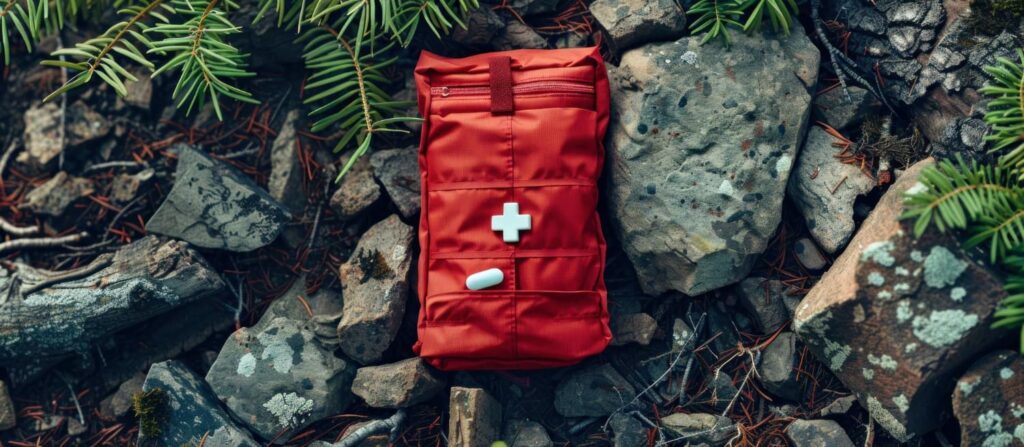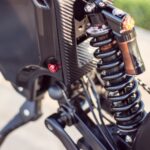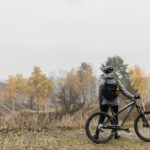Understanding the Importance of a First Aid Kit
When you hit the trails on your mountain bike, the last thing on your mind is usually the possibility of an injury. But let’s be real, accidents can happen. Whether it’s a small scrape or a more serious incident, having a well-stocked first aid kit can be a game changer. Picture this: you’re cruising down a singletrack and suddenly wipe out. Without proper supplies, what could be a minor issue could snowball into something worse.
You might be wondering, what exactly do I need in my first aid kit? Well, let’s break it down so you can ride with peace of mind. Knowing you’re prepared will let you enjoy your adventure without that nagging worry in the back of your mind.
Basic Supplies Every Kit Should Have
If you’re building your first aid kit for mountain biking, there are some essential items you need to carry. These are the basics that can handle a variety of situations.
First things first, adhesive bandages come in various shapes and sizes. You will want a selection of these so you’re equipped for different types of cuts and scrapes. Trust me, nothing is worse than a dirty scratch on a beautiful day.
For larger wounds, gauze pads are a must. They can help control bleeding and protect the injury from dirt and debris. Pair these with medical tape to keep everything secure.
Keeping your wounds clean is crucial to prevent infection. Antiseptic wipes are portable and easy to use, allowing you to sanitize an area before applying a bandage.
Splinters, thorns, or even a stubborn bug can ruin your ride. Tweezers are indispensable for removing small foreign objects from the skin safely and effectively.
Emergency situations can often lead you to need to cut clothing or gauze. A nice pair of scissors designed for first aid will do the job without taking up too much space in your kit.
Medications and Treatments
While you might not think of medications as part of a first aid kit, they’re just as important. A ride can take an unexpected turn, and being prepared can save the day.
It’s easy to underestimate aches and pains until they hit hard. Carrying a few pain relievers, like ibuprofen or acetaminophen, can make a significant difference in your comfort level.
We love our trails, but they often come with pollen and bug bites. Antihistamines can help relieve those pesky allergic reactions or ease the discomfort of a sting.
Having a good topical cream for burns, rashes, or insect bites is essential. Look for something with ingredients like aloe vera, hydrocortisone, or antibiotic properties.
Mountain biking can lead to some specific injuries, so it’s wise to be equipped with items for addressing those unique situations.
Have you ever gone over the handlebars? It can leave you with sprains or strains. Elastic bandages can be used to wrap injured limbs, providing support and stability.
If you’re like me, sometimes you just need to cool things down. Instant ice packs can be a lifesaver for swelling and bruising. They’re light and won’t take up much room in your bag!
A SAM splint might sound fancy, but it’s an incredibly useful tool for immobilizing a broken or sprained limb until you can get proper medical attention. They are lightweight and can fit in any bag.
Now that you have the basics and specialized items covered, think about personal factors as well. Your specific health needs and riding habits can help you decide what else might be useful for you.
If you have known allergies or certain medical conditions, consider adding your prescribed medications. Always be prepared for your specific needs while enjoying the great outdoors!
While not technically a part of a first aid kit, having a fully charged mobile device can be crucial. In emergencies, being able to call for help or use navigation apps is invaluable. You never know when you might need assistance.
Dehydration can lead to dizziness and decreased focus, which could be dangerous on a mountain bike. Keep your hydration game strong with a hydration pack. This is more of a safety precaution than a first aid necessity, but it still counts!
Having the right items is only half the battle. How you organize your first aid kit can make a huge difference. If you can’t find what you need quickly, you might as well not have it at all.
A waterproof bag will keep your supplies dry, especially if you find yourself caught in a sudden rain or crossing a stream. Choose one that’s durable yet lightweight.
- Bandaging Supplies: Adhesive bandages, gauze pads, elastic bandages.
- Medications: Pain relievers, antihistamines, topical creams.
- Tools: Tweezers, scissors.
This way, you can quickly grab what you need without rummaging around. Bonus points if you label the sections for easy identification.
Now that you are stocked up, it’s essential to know when to utilize your first aid kit. Not every fall or scrape requires you to break it out, but having it handy for the moments that do is vital.
Dusty trails can lead to minor injuries. Take the time to clean and dress these wounds promptly to avoid complications.
If you feel something “give” in your ankle or knee, consider using your elastic bandage and resting. Don’t push through the pain; your body is telling you to take a break!
In the event of a more severe injury, like fractures or uncontrolled bleeding, administer first aid as best as you can and seek professional medical help immediately.
A first aid kit is not a one-time purchase and forget it kind of deal. It’s essential to routinely check your kit to ensure everything is in good condition and restocked after use.
Every few months, take the time to survey your kit. Look for expired medications and replenish supplies that might have been used during the season.
After every biking trip, make a note to replace whatever was used. It is a small task that will pay off in the long run.
Building your personal first aid kit for mountain biking is about more than just being prepared; it is about empowering yourself to have fun while knowing you are ready for whatever might come your way.
Take the time to assemble a kit that suits your riding style and personal needs. With the right supplies arranged neatly in a system that works for you, you will ride with confidence. Always remember, being prepared is the best way to enjoy the trails safely!






